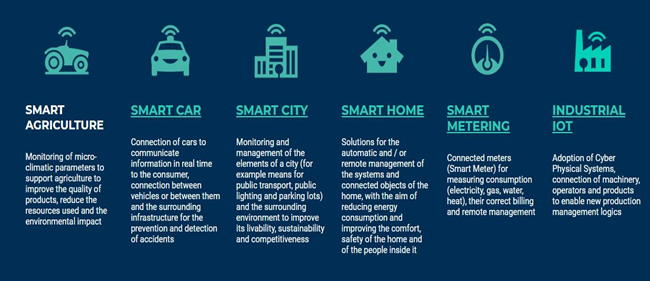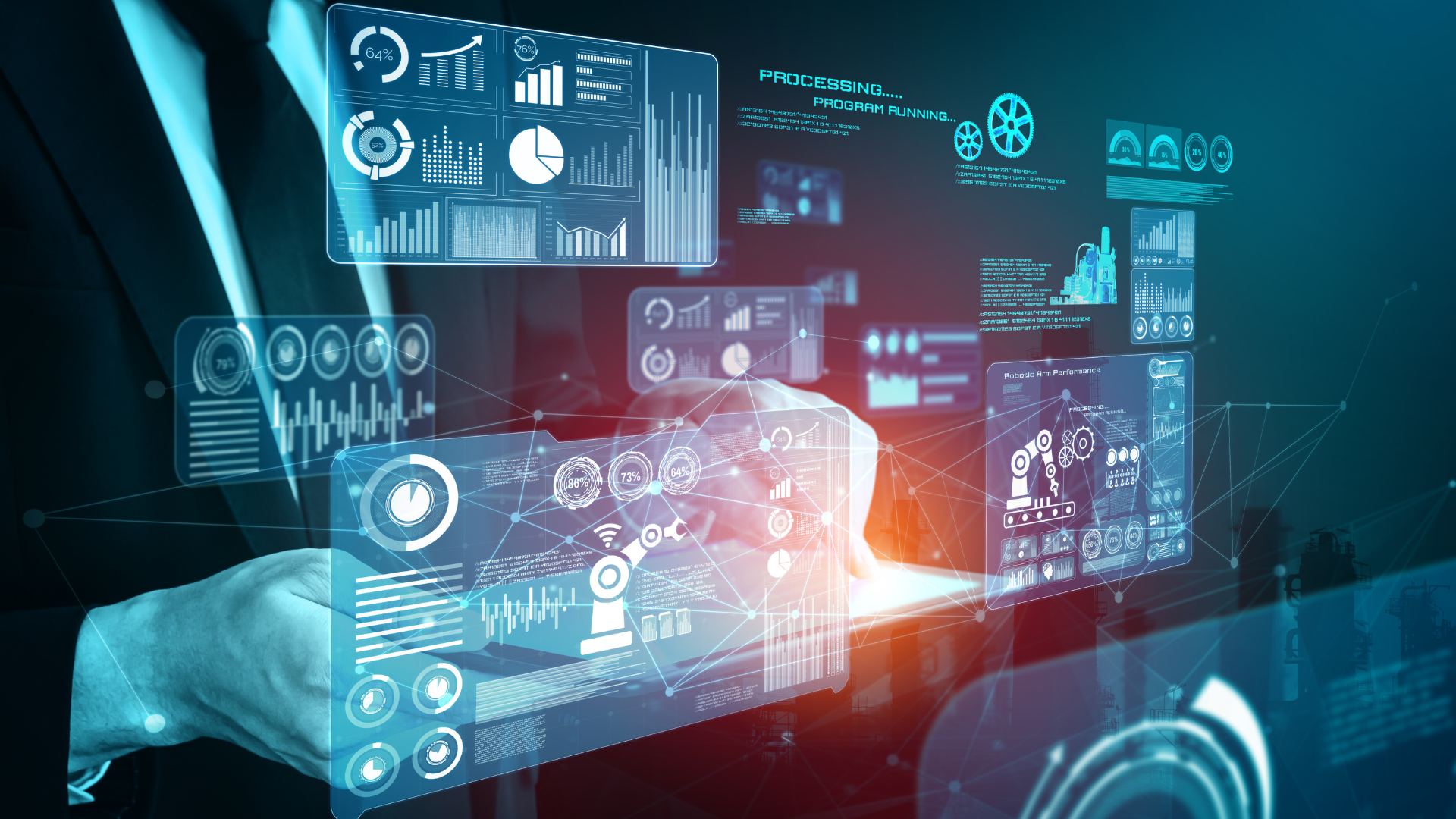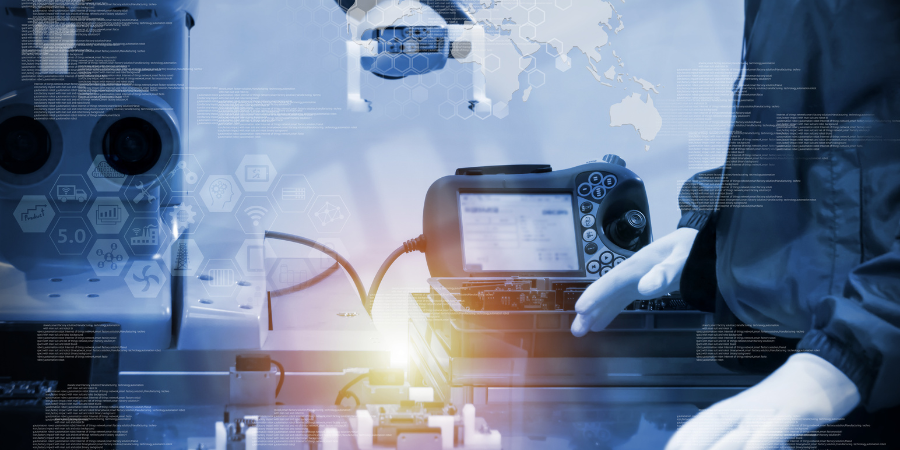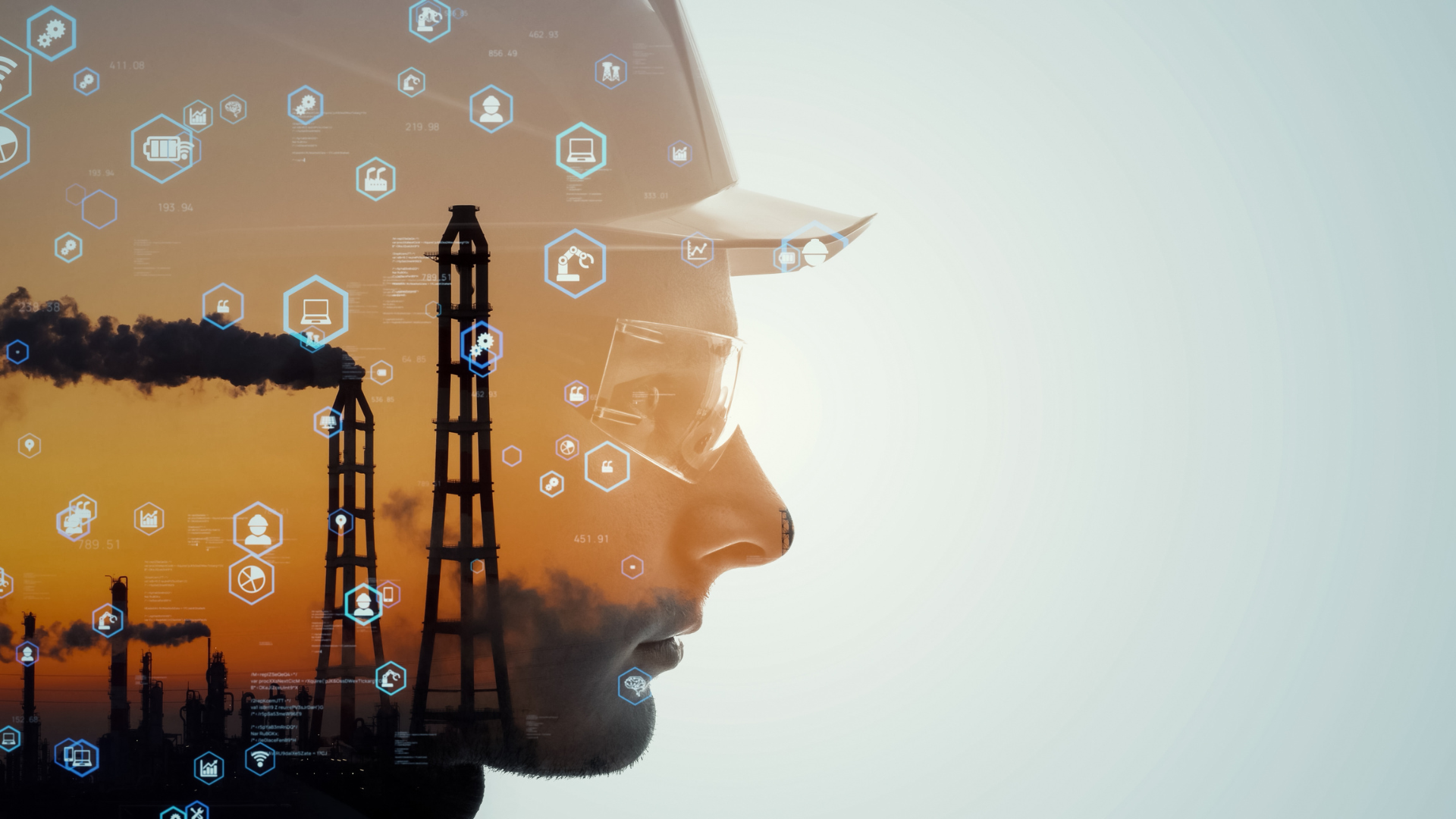Where to Buy IoT and What is IoT?
Where to Buy IoT?
Empowered Automation is offering the best and complete Internet of Things (IoT) solutions ready to deploy smart applications including hardware, software, and cloud connection. This is considered as the best company for IoT devices supplier. Before you make any purchase let us give you a brief introduction about the IoT.
What is IoT
The expression Internet of Things was first formulated in 1999, in close connection with RFID (Radio Frequency Identification Devices), by the English engineer Kevin Ahston, co-founder of the Auto-ID Center in Massachusetts.
The Internet of Things (IoT) refers to the process of connecting to the Internet of physical objects of daily use, from the most familiar objects used in the home, such as light bulbs, to resources in the health sector, such as medical devices, to wearable devices, to smart ones and, finally, to smart cities.
How Does the IoT Work?
IoT stands for any system of physical devices that receive and transfer data over wireless networks, with limited manual intervention. This is achieved by integrating processing devices into the objects.
For example, a smart thermostat – smart often takes on the same meaning as IoT – can receive data on the user’s location while they are traveling, and use it to regulate the home temperature before their arrival. The user does not need to intervene, and the result is better than manually adjusting the thermostat.
A typical IoT system, such as the smart home described above, works by sending, receiving, and analyzing data in a continuous loop of feedback. Depending on the type of IoT system, the analysis can be performed by manual intervention or by artificial intelligence and machine learning (AI / ML) technologies, in real-time or in the long term.
Let’s go back to the example of the smart home. To predict the optimal time to check the thermostat before arriving home, the IoT system can connect to the Google Maps API to examine local traffic patterns in real-time and use long-term car data to learn about the travel habits of the user. The IoT data captured by each user of smart thermostats can then be used by utility companies for larger-scale optimization initiatives. Hope now it’s clear that What is IoT?
What are IoT Devices?
IoT devices are devices capable of carrying out data collections in an increasingly precise and targeted way according to specific application areas (equipment dedicated to detecting data related to the temperature of environments, the movement of vehicles, air quality, Noise in certain environments, or the presence of certain substances. The examples are numerous. In this phase, it is correct to speak of sensors that detect information and transform it into digital data. In this pre-IoT phase, there is no connection to the network. Devices that in different forms and modalities are interrogated “manually” or with an organization of the data collection not supported by a network.
The transition from sensors to the Internet of Things is constituted precisely by the network connection. The Internet of things in fact. The sensor that detects the data of the “thing” that “talks” about its temperature, its movement, the quality of its air, and that “puts these data on the network”.
With this step we enter the Internet of Things which in turn has then seen a series of phases that all refer to important work on data and which we can schematize as follows:
- Devices – Connected to the network – Capable of detecting data and capable of communicating data.
- Devices – Connected to the network is capable of detecting multiple types of data and transferring this data.
- Devices – Able to perform a very first level of processing (selection) of data at a local level to transfer only data that correspond to certain requirements.
- Devices – Connected to the network is capable of collecting data, carrying out the first level of selection, and carrying out actions based on the indications received.
- Devices – Connected to the network can detect data, select them, transmit only those necessary for the projects in which they are involved, to carry out actions based on the indications received, and carry out actions according to a local processing capacity.
The Application Areas of the Internet of Things

The Internet of Things is a paradigm that potentially knows no application boundaries: from the car that communicates with the road infrastructure to prevent accidents to household appliances that coordinate to optimize the use of power; from the production plants that exchange data with the manufactured products for the management of their life cycle; from medical devices located in an emergency room to skis that send information on the state of the snow, or on the severity of a fall. If it is true that all objects can become “intelligent” by connecting to the network and exchanging information about themselves and the surrounding environment, it is equally true that this process does not occur in all areas with the same speed: this depends on the existence of consolidated technological solutions, from the competitive equilibrium in a given market and, ultimately, from the balance between the value of information and the cost of creating the network of intelligent objects. In this part, we will deepen the main areas of application of the Internet of Things, with a focus on the market and value creation aspects.
You might also like



